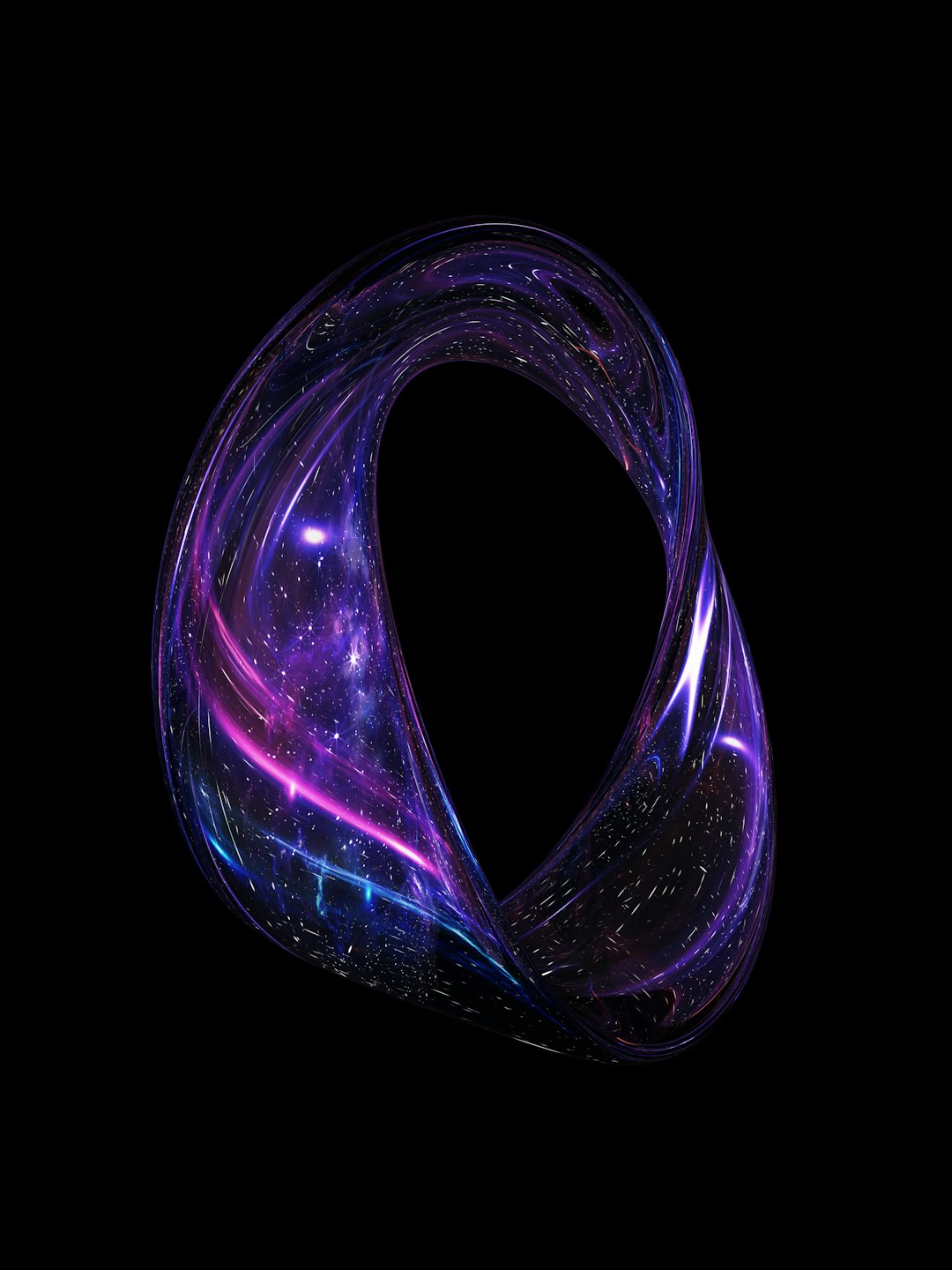Title: The Rise of Quantum Internet: Transforming Global Communication
Introduction
The digital revolution has transformed how information is shared across the globe. Yet, the foundations of today’s internet—rooted in classical physics—face formidable challenges: data breaches, eavesdropping, and the looming threat posed by quantum computers cracking traditional encryption. Enter the quantum internet: a radically new paradigm enabled by the principles of quantum mechanics. With promises of unprecedented security and computational capabilities, the quantum internet is poised to transform communication, commerce, national security, and more.
This article delves deep into what the quantum internet is, why it matters, its potential use-cases, the technology behind it, real-world developments, and the challenges ahead.
What is the Quantum Internet?
In essence, the quantum internet is a network that enables devices to exchange information via quantum states (typically qubits) instead of classical bits. It utilizes quantum entanglement and superposition, allowing for communication methods unimaginable with present-day technology.
Key Features
| Feature | Classical Internet | Quantum Internet |
|---|---|---|
| Information Units | Bits (0 or 1) | Qubits (0, 1, or superposed) |
| Security | Mathematical encryption | Physics-based (Quantum Key Distribution) |
| Data Transfer | Copy and send | Teleportation (No-cloning, entanglement) |
| Eavesdropping | Difficult to detect | Always detectable |
Why Quantum Internet Matters
1. Unbreakable Security
Perhaps the most compelling use-case is quantum key distribution (QKD). QKD employs quantum mechanics to create cryptographic keys only receivers can use, as any interception disturbs the state, revealing eavesdroppers.
2. Quantum Computing Networks
Future quantum computers, once interconnected via quantum internet, can share results or processes, enabling distributed and collaborative quantum computing—far surpassing classical distributed computers in certain tasks.
3. Ultra-Precise Coordination
Quantum networks could synchronize clocks and sensors with extraordinary precision, improving everything from GPS to scientific experiments requiring nanosecond synchronization.
How Does the Quantum Internet Work?
To understand the quantum internet, we need a primer on its building blocks:
Quantum Entanglement
A fundamental principle where two (or more) quantum particles become linked, such that the state of one instantly affects the other, no matter the distance.
Quantum Teleportation
A method for transferring quantum states from one particle/location to another, using entanglement and classical communication.
Quantum Repeaters
Classical internet has repeaters to boost signals over distance. Quantum repeaters utilize entanglement swapping and error correction, crucial for maintaining quantum signals over long distances.
Comparison Table: Classical vs Quantum Repeaters
| Property | Classical Repeater | Quantum Repeater |
|---|---|---|
| Regenerates signal | Yes | No (due to no-cloning theorem) |
| Prevents data loss | Yes | Uses entanglement swapping |
| Security enhancement | None | Maintains quantum security |
| Range extension | Possible | In development; challenging |
Real-World Progress: Who’s Leading the Charge?
Major efforts are underway globally:
Current Quantum Network Milestones
| Country | Key Institution / Initiative | Achievement |
|---|---|---|
| China | University of Science and Technology of China | Quantum satellite (Micius), 2000km QKD network |
| US | Argonne/Fermilab | Midwest quantum network testbeds |
| EU | Quantum Internet Alliance | Pan-European test networks |
| Netherlands | Delft University of Technology | World’s 1st multi-node quantum network (2021) |
| Japan | NICT | Tokyo QKD Network |
Potential Applications
| Application | Description | Maturity Level |
|---|---|---|
| Quantum Key Distribution | Secure encryption keys over fiber/satellite | Pilot/Deployed |
| Secure Voting/Elections | Tamper-proof remote voting | Experimental |
| Financial Transactions | Ultrafast, secure fiduciary operations | Pilot |
| Distributed Quantum Computing | Linking quantum computers for complex calculations | Experimental |
| Science & Sensing | Synchronization and precision across labs/observatories | Pilot |
Key Challenges
- Distance Limits: Photons carrying quantum info can only travel ~100km in fiber before losing fidelity (without quantum repeaters).
- Quantum Memory: Storing quantum information reliably is hard; practical quantum memory is in infancy.
- Scalability: Scaling from single links to global networks involves overcoming technical, logistical, and political hurdles.
- Standardization: Harmonizing protocols and hardware globally is still in progress.
The Road Ahead: A Quantum Leap?
Global investments and breakthroughs are accelerating, but we are still years from large-scale adoption—perhaps by the 2030s for widespread commercial deployment. Just as the early internet redefined the world, the quantum internet could spark new industries and fundamentally secure our digital infrastructure.
Conclusion
The quantum internet is one of the most exciting frontiers in science and technology. Its promise of unbreakable security, quantum-enhanced applications, and scientific precision heralds a new era in communications. As nations, businesses, and researchers race to realize this vision, the way we connect—and our expectations of privacy and capability—will transform forever.
References:
- Kimble, H. J. (2008). The quantum internet. Nature, 453, 1023–1030.
- Wehner, S., Elkouss, D., & Hanson, R. (2018). Quantum internet: A vision for the road ahead. Science, 362.
- World Economic Forum, "A quantum leap: Building a secure quantum internet" (2023).
For more information and updates on quantum networks, visit the Quantum Internet Alliance.
